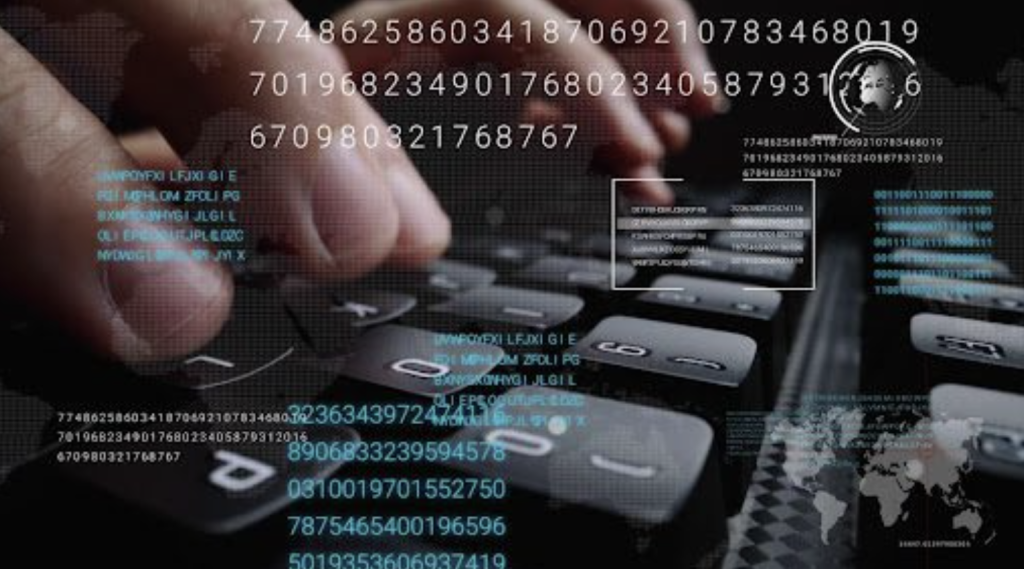In today’s digital age, electronic verification plays a pivotal role in various aspects of our lives. Whether it’s accessing online services, making financial transactions, or ensuring security in the virtual realm, electronic verification methods have become indispensable. This article delves into the diverse types of electronic verification methods that are used to confirm identities and validate transactions in the modern world.
Username and Password Verification
Username and password verification is one of the most common and basic forms of electronic verification. Users create a unique username and password combination to access their accounts or secure online services. This method is easy to implement and understand, making it a widely used option. However, it is susceptible to security breaches if users choose weak passwords or share their login credentials. According to various studies, a significant portion of users opt for weak passwords. In a report by the National Institute of Standards and Technology (NIST), over 80% of data breaches occur due to weak or stolen passwords.
Two-Factor Authentication (2FA)
To enhance security, many online platforms have adopted two-factor authentication (2FA). In addition to the traditional username and password, 2FA requires users to provide an additional piece of information, such as a one-time code sent to their mobile device. This adds an extra layer of security, making it significantly harder for unauthorized users to gain access.To enhance security, more organizations and services are implementing Two-Factor Authentication (2FA). According to Google, enabling 2FA can block 99.9% of automated attacks on accounts.
Biometric Verification
Biometric verification leverages unique physical characteristics or behavioral traits to verify an individual’s identity. Common biometric methods include fingerprint recognition, facial recognition, iris scans, and voice recognition. These methods are highly secure and difficult to forge, making them ideal for sensitive applications like unlocking smartphones or accessing high-security facilities.
Smart Cards and Tokens
Smart cards and tokens are physical devices that store digital certificates or keys. These are often used for secure access to physical locations or online services. Examples include chip-enabled credit cards and hardware tokens that generate time-sensitive codes for authentication. These devices add an extra layer of security and can be more resistant to hacking compared to traditional methods.
Public Key Infrastructure (PKI)
PKI is a comprehensive system used for electronic verification, particularly in the context of secure communication and digital signatures. It relies on asymmetric encryption, where each user has a pair of public and private keys. The public key is shared openly, while the private key is kept secret. This technology ensures the authenticity and integrity of electronic documents and messages.
Blockchain-Based Verification
Blockchain technology is increasingly being used for electronic verification due to its transparency and security features. In a blockchain, transactions are recorded in a tamper-proof ledger that is accessible to all participants. This ensures trust and accountability in various domains, including supply chain management, digital identity verification, and cryptocurrencies.
Document Verification
Document verification involves the use of scanned or photographed documents to verify an individual’s identity. This method is commonly employed for Know Your Customer (KYC) processes in financial institutions. Automated systems can analyze and compare the document with database records or verify its authenticity through watermark analysis and other security features.
Geolocation Verification
Geolocation verification is used to confirm a user’s physical location using GPS data or IP addresses. This method is crucial for various applications, such as verifying the location of an online purchase to prevent fraud, ensuring compliance with regional licensing, or enhancing the security of mobile banking apps.
Behavioral Analysis
Behavioral analysis is a relatively new approach to electronic verification that assesses user behavior patterns to detect anomalies or potential fraud. This can include monitoring mouse movements, typing patterns, and other user interactions with a digital system. Behavioral analysis can be a powerful tool for continuous authentication and fraud detection.
Summing Up
In the ever-evolving digital landscape, electronic verification methods continue to advance, providing enhanced security and convenience for users and organizations alike. Each type of verification method has its own strengths and weaknesses, making them suitable for different scenarios. As technology continues to progress, it is crucial for individuals and businesses to stay informed about these methods and adopt the most appropriate ones to ensure the security and integrity of their digital interactions. Whether it’s through biometrics, smart cards, or blockchain technology, electronic verification is set to play an increasingly significant role in our interconnected world.
Author


